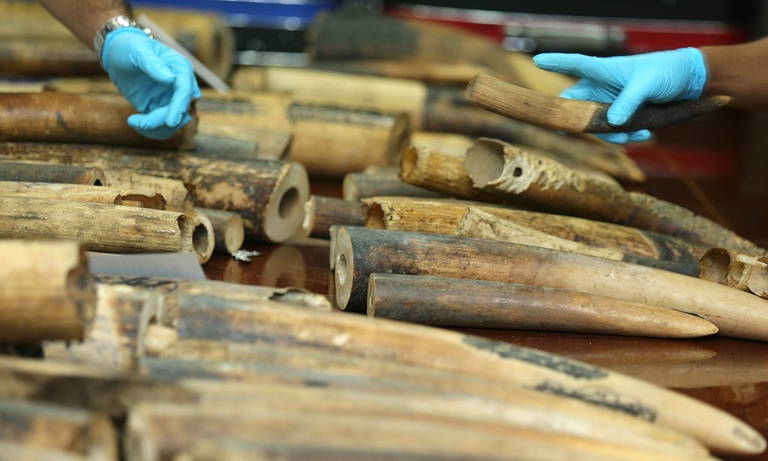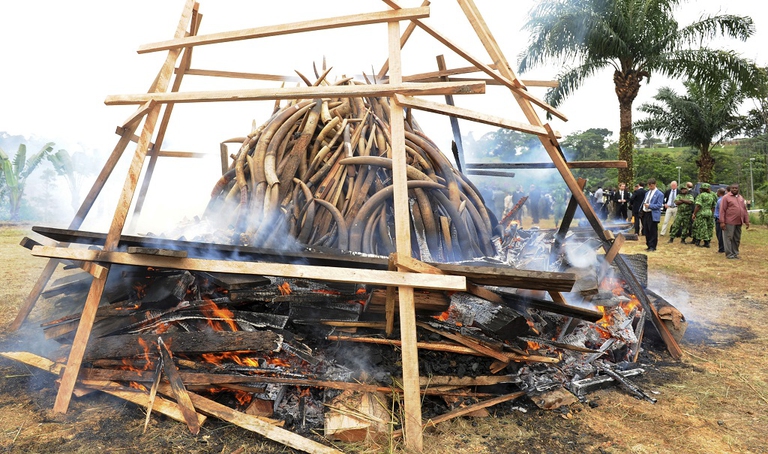Il Paese africano ha bruciato oltre una tonnellata di zanne e corni confiscati per esprimere la tolleranza zero per il bracconaggio.
Mozambique launched a clear, unequivocal message, and it hopes it will be spread like the smoke in the sky coming from the largest ever seizure of rhino horn and elephant ivory. On Monday, the African country burnt 1,284 kg of ivory and horns that have been seized to poachers.
![corna e zanne confiscate --]()
Such huge quantity of ivory and horns has never been destroyed before. The initiative was mainly symbolic: it aimed to testimony Mozambique’s commitment against poaching.
The phenomenon of poaching is particularly spread throughout the country. Over the last 5 years, poachers have killed nearly half of the elephants of Mozambique, and according to recent census, the population decreased by 48%, from over 20,000 to 10,300 individuals.
![elefante]()
For rhinoceroses is too late instead. In fact, the species has been declared extinct in Mozambique in 2013. However, the country represents a stop-over for traffickers that transport horns from South Africa to Asia.
In May alone, Mozambican authorities, together with the local Ministry of Agriculture, seized over a tonne of elephant ivory and rhino horn, for an economic value of over 20 million dollars (whilst the animal value was inestimable), in the most important operation ever in the history of the fight against poaching in Mozambique.
![Africa Elephant Hotspots]()
“Today sends a signal,” said Celso Correia, minister for land, environment and rural development. “Mozambique will not tolerate poachers, traffickers and the organised criminals which employ and pay them to kill our wildlife and threaten our communities.”
Translated by Camilla Soldati
Siamo anche su WhatsApp.
Segui il canale ufficiale LifeGate per restare aggiornata, aggiornato sulle ultime notizie e sulle nostre attività.

Quest'opera è distribuita con Licenza Creative Commons Attribuzione - Non commerciale - Non opere derivate 4.0 Internazionale.











